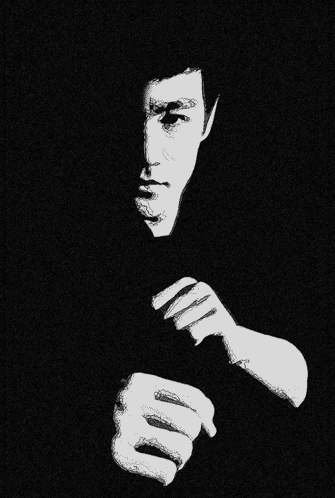The Philosophy of JKD
Jeet Kune Do (JKD) is more than just a martial art—it's a philosophy of combat and personal expression created by Bruce Lee. At its core, JKD represents the constant evolution of the martial artist, emphasizing adaptability, efficiency, and individual development over rigid adherence to traditional forms.

"Creating is active, not finished. Evolving: refining into something more efficient, direct."
Bruce Lee challenged the traditional notion of martial arts styles, emphasizing that true combat effectiveness comes from understanding universal principles rather than memorizing specific techniques. JKD practitioners are encouraged to discover their own path while maintaining the core principles of efficiency and directness.
Contrary to some perspectives, Jeet Kune Do is not simply adding techniques you like from other systems, mixing them into your own, and then calling it JKD.
Jeet Kune Do, as put forth by Bruce Lee, was his personal growth and expression in the combative arts based on his own research and development.
It was his effort to achieve his most truthful, relevant, physical expression in combat.
It was a living process of paring down—not adding—of techniques and methodologies for training for function.
This meant he had to get rid of those things that were an impediment to this goal—including systems and the dogma associated with them.
Generally, there were two versions of Bruce Lee the world saw. One was his Hollywood presentation. The other was his deep involvement as an innovator in the philosophy of training and fighting.
He had the double-edged sword of presenting to a large audience flashy techniques and movements that he personally understood were not, perhaps, practical in fighting encounters.
The theatrical versions of Bruce Lee led some to take his personal development as a martial arts innovator less seriously.
But there were others who did understand his greater depth and bold genius. And, for the most part, his legacy in this area continues. Thanks to the efforts of people like Dan Inosanto, Bruce Lee’s spirit lives.